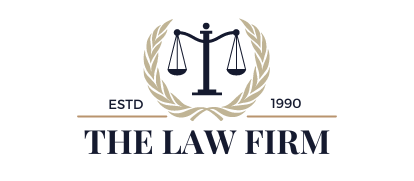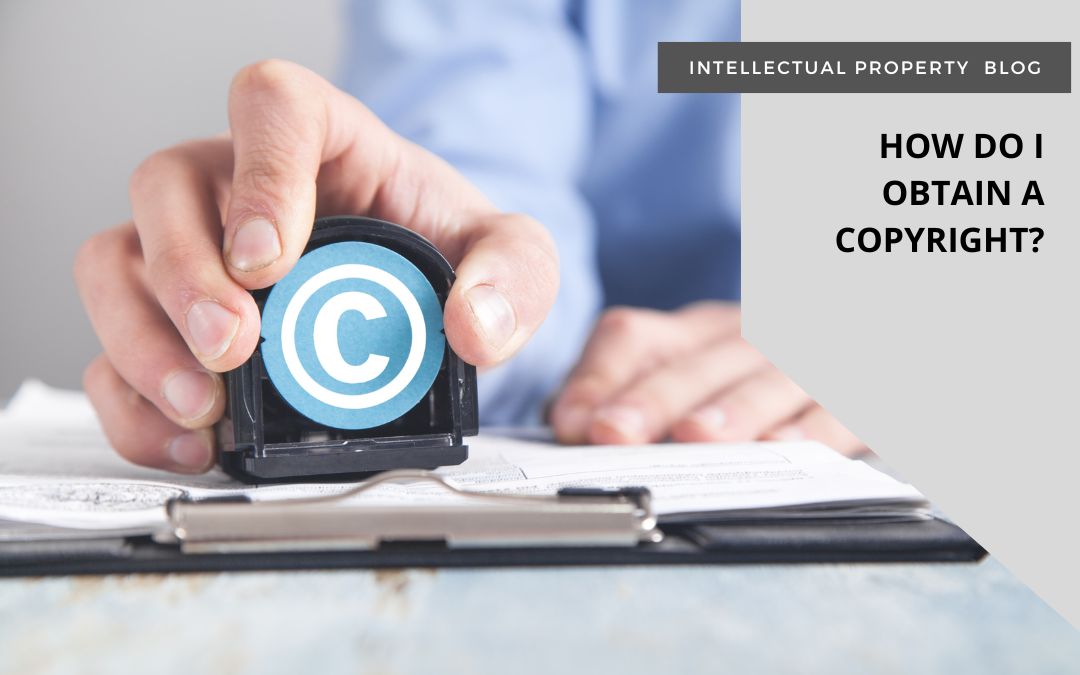The website, https://www.copyright.gov managed by the United States Copyright Office, provides a wealth of information about copyrights, how to obtain one, and how the protections work.
Difference from patents and trademarks
Copyrights are different from patents and trademarks in that your copyright protection is not contingent upon filling for IP protection. Technically, a body of work has copyright protection as soon as the creator shares it in a tangible form. According to Cornell’s Legal Information Institute, this means that the work has been communicated to others, whether through visual or audio means. The law prevents an idea from being copyrightable. Instead, it extends protections to the expression of that idea in a physical form that others can visually or audibly understand.
Registration
Registration of the copyright is not needed for a copyright to exist. However, it is needed in order to enforce a copyright. If a creator finds that someone else is using their intellectual property without permission, they can sue for infringement of copyright. If the copyright is already filed, this process is expedited. Conversely, if the creator has not registered the work, the creator must first register for a copyright, a process that can take close to three months, sometimes longer.
Applications are submitted to the U.S. Copyright Office. It can be presented in person, although the majority of applications are filed online. The application must have three critical parts:
- A completed application form
- Payment of the nonrefundable filing fee
- Submission of a nonreturnable copy or copies of the work being registered, which is called a “deposit.”
Certificate of registration
After review, the agency will issue a certificate of registration, which creates a public record of authorship and ownership of the deposited work. Works created on or after January 1, 1978, receive copyright protection for the life of the author plus seventy years after the author’s death. For works created before January 1, 1978, the duration of the copyright depends on the expiration date and applicable renewal laws.
Rights
The copyright grants the creator the exclusive right to reproduce, distribute, perform, display, license, and make derivative works of the original copyrighted body of work. Derivative work refers to a new copyrightable creation that is based on an existing copyrighted creation.
An example of this is the famous 2008 poster of the then-candidate for president, Barack Obama. The poster, which showed an image of his face and the word HOPE, became a cultural icon selling thousands of copies in prints and other forms.
The artist was sued by the Associated Press (AP) because the image of Obama’s face was not an original work of art. Instead, the artist has used a picture taken by an AP photographer. That made the poster a derivative work of the original picture, which was a copyrightable work. The case settled out of court, with the artist agreeing to share rights and revenue with the AP.


